Mohs Surgery is considered the gold standard in skin cancer treatment, offering a high cure rate and other unique benefits.
Mohs Surgery in the Spotlight
You may have heard Real Housewives, NASCAR drivers, and even the Kardashians talk about Mohs in the last couple of years.
So, what is it?
Here’s the quick answer: Mohs Micrographic Surgery is a specialized technique for the microscopically controlled removal of problem skin cancers.
Is the Mohs Procedure New?
Not at all. It’s actually been around for quite some time (since the 1930s) but is now getting more attention with various celebrities sharing their battles with skin cancer and mole removal. While the general premise of Mohs surgery has remained the same, many technical improvements have been made to the procedure.
What Makes Mohs Surgery Better?
This form of treatment combines the surgical removal of cancerous tissues along with the immediate microscopic examination of the tumor and underlying roots.
The American Academy of Dermatology (AAD) notes on its website that Mohs surgery is currently the single most effective technique for removing Basal and Squamous Cell Carcinomas with a cure rate of up to 99%. The layer-by-layer removal and identification process allows our surgeons to more effectively remove cancerous tissues while preserving as much skin as possible. This is important especially in areas where there is little tissue such as eyelids, ears, or hands.
According to the Skin Cancer Foundation, “Mohs surgery is on the rise, for good reasons: it has the lowest recurrence rates, highest cure rates and best cosmetic results of any skin cancer treatment.”
How are Mohs Surgeons Trained?
Skin Cancer & Dermatology Institute has four Fellowship-Trained Mohs Surgeons. This means they’ve had special training dedicated to adhering to safety and training standards.
What Exactly is a Fellowship-Trained Mohs Surgeon?
The American College of Mohs Surgery (ACMS), which was founded by Dr. Frederic Mohs himself, explains what it means to be Fellowship Trained: “ACMS-approved fellowship training programs are significantly more rigorous than other Mohs programs. Fellows-in-training undergo months of extensive, hands-on direction from highly qualified instructors. By choosing a fellowship-trained Mohs surgeon you can be assured that you will receive the highest standard of quality and competency, as well as an optimal outcome.”
To complete an ACMS-approved fellowship, a Dermatologist must participate in a minimum of 500 Mohs surgery cases, learn to accurately interpret slides of tissue samples that have been removed during Mohs surgery, and perform a wide breadth of reconstructions, ranging from simple closures to complicated multi-step repairs.
Fellowship-Trained Mohs Surgeons gain tons of exposure under the guidance of a qualified Mohs surgeon and gain a depth of experience unmatched by other Mohs programs.
Learn more about the Mohs procedure here.


